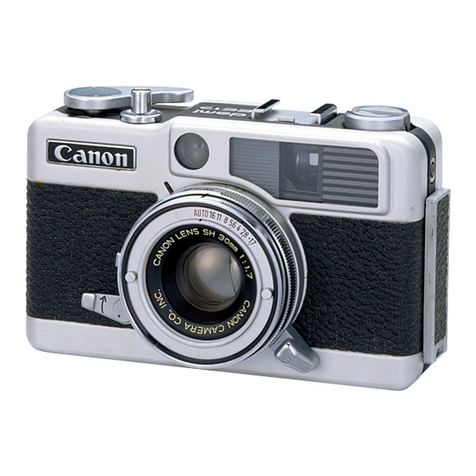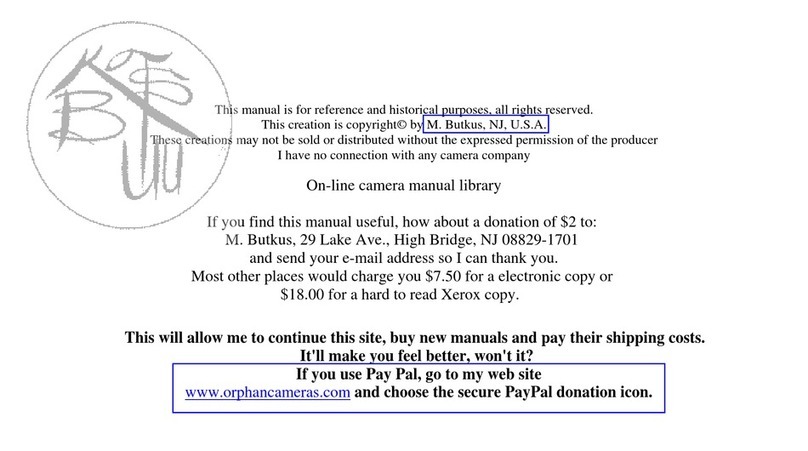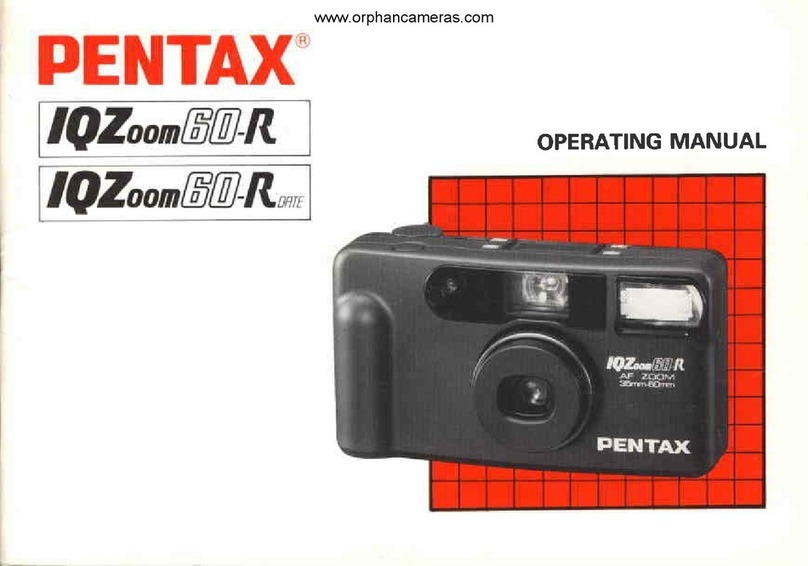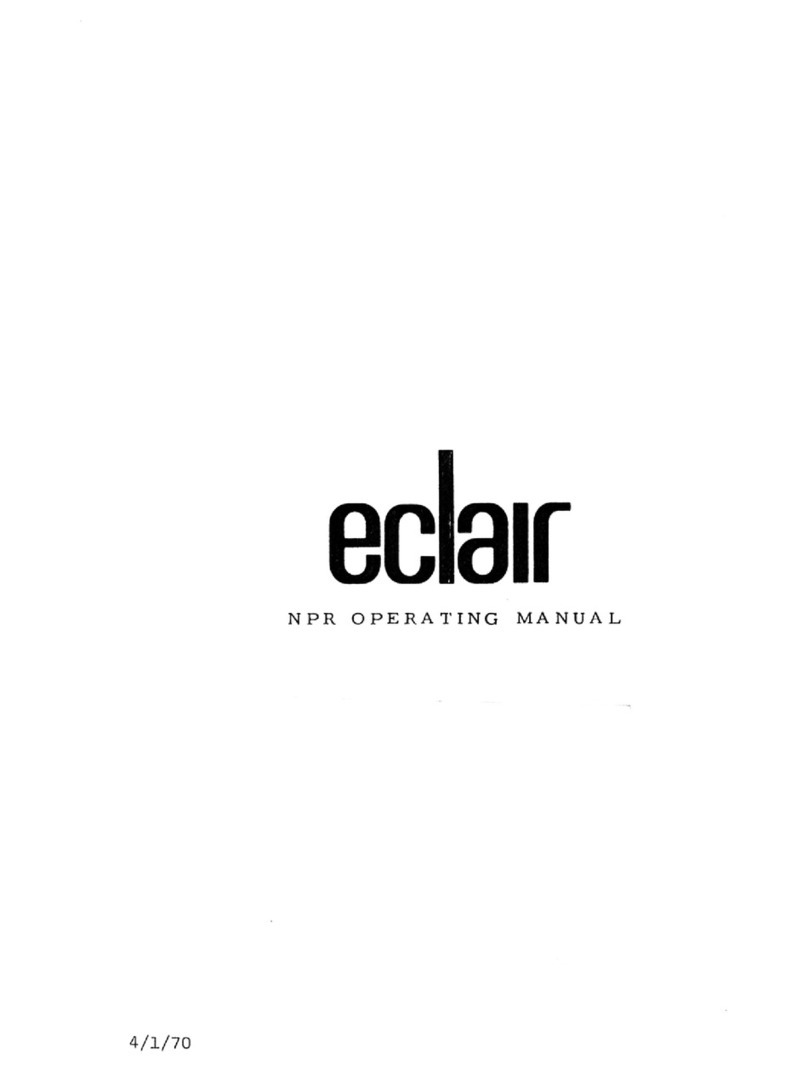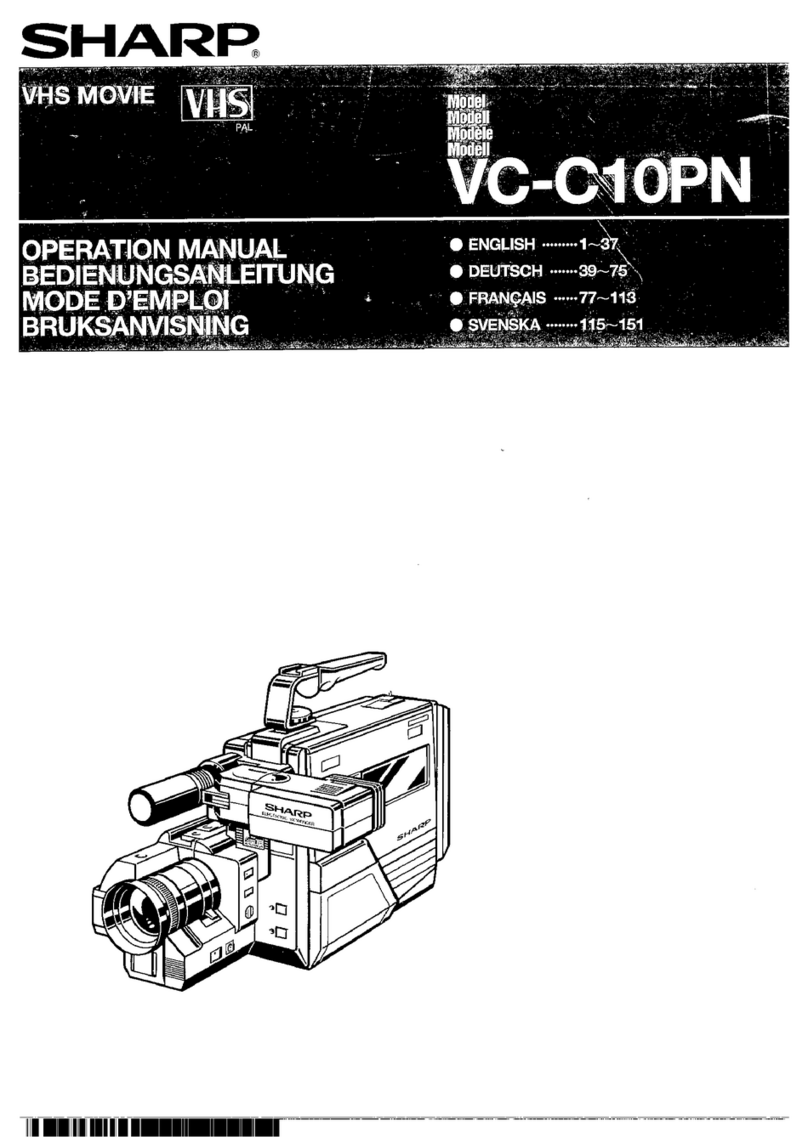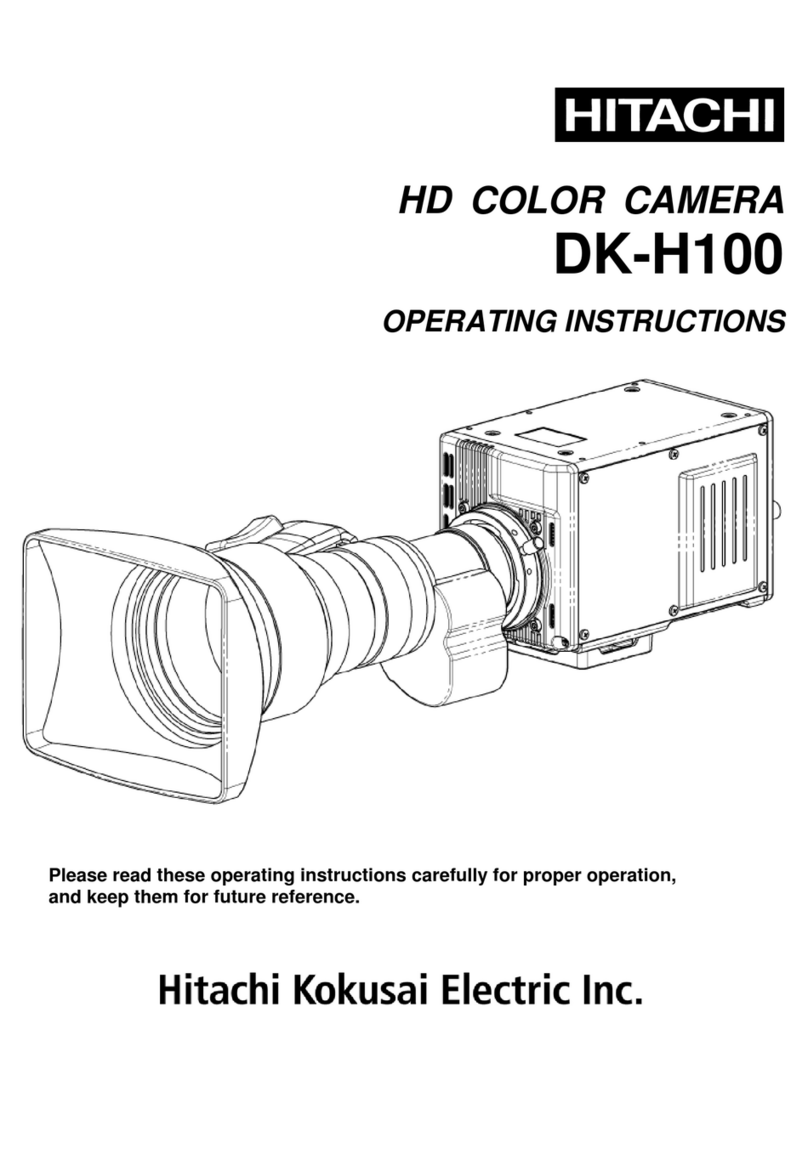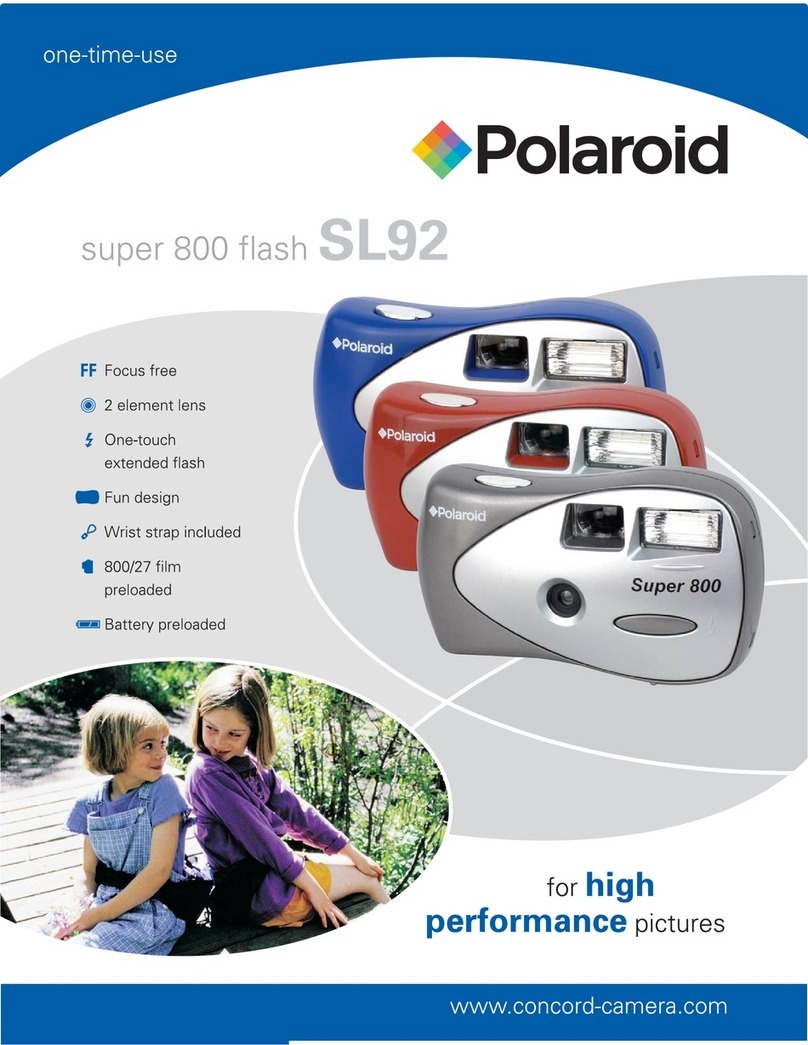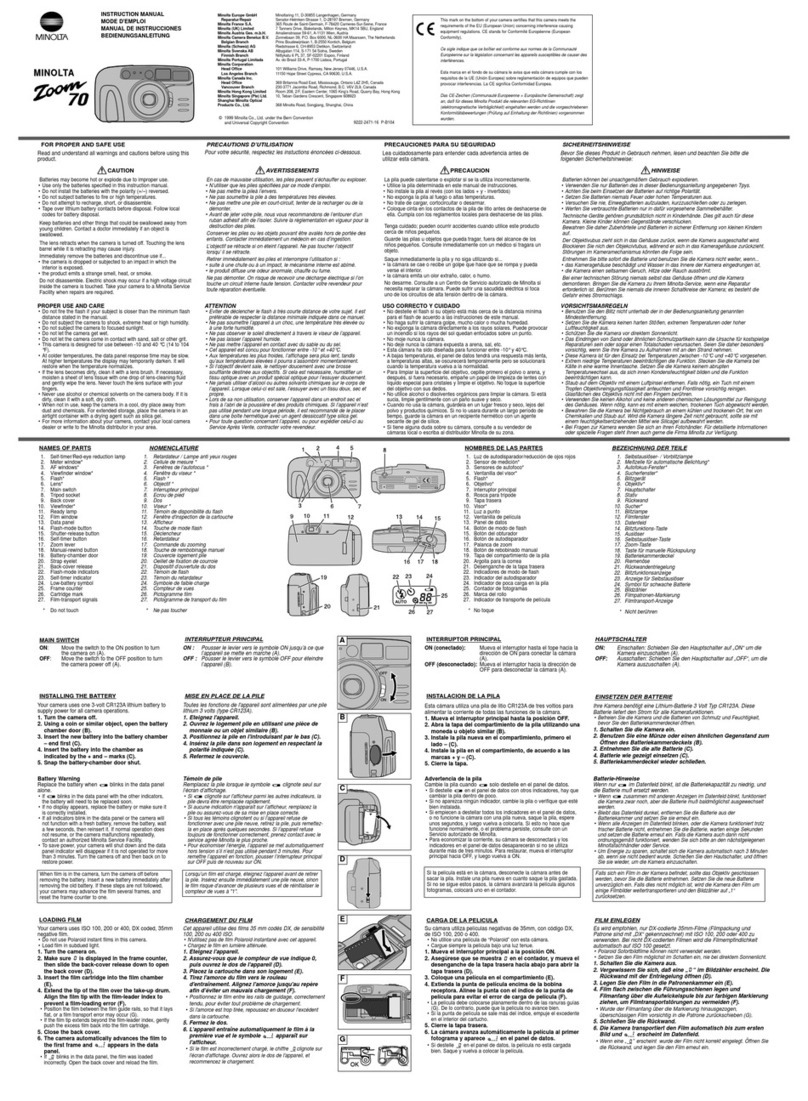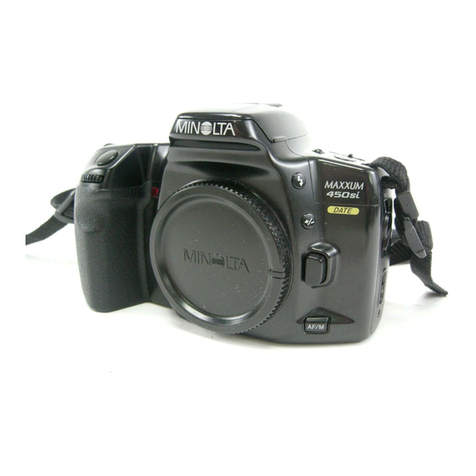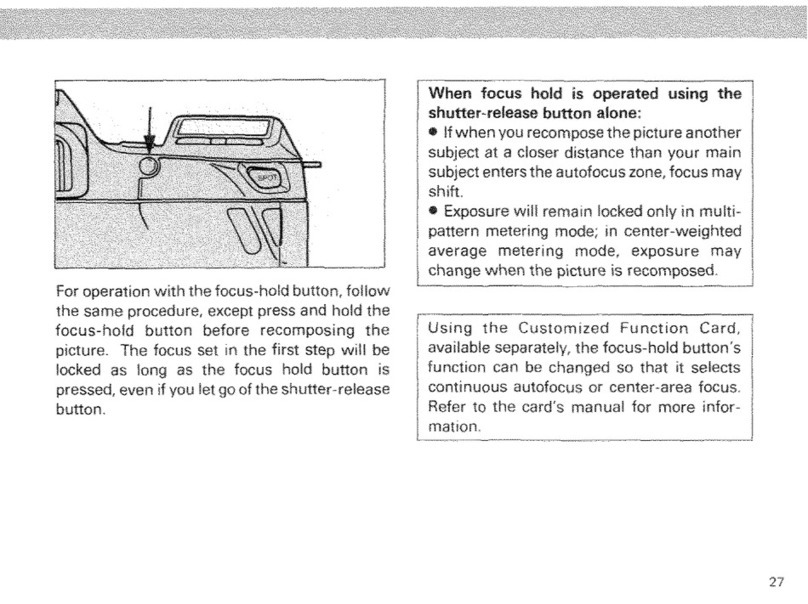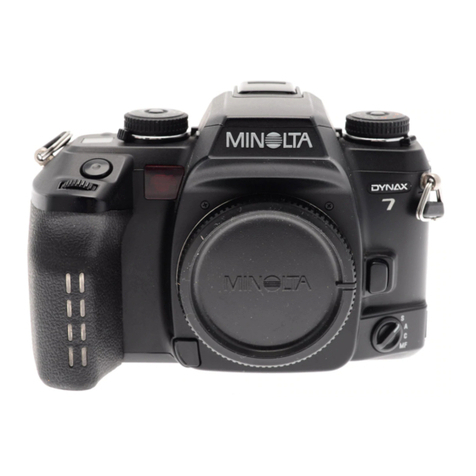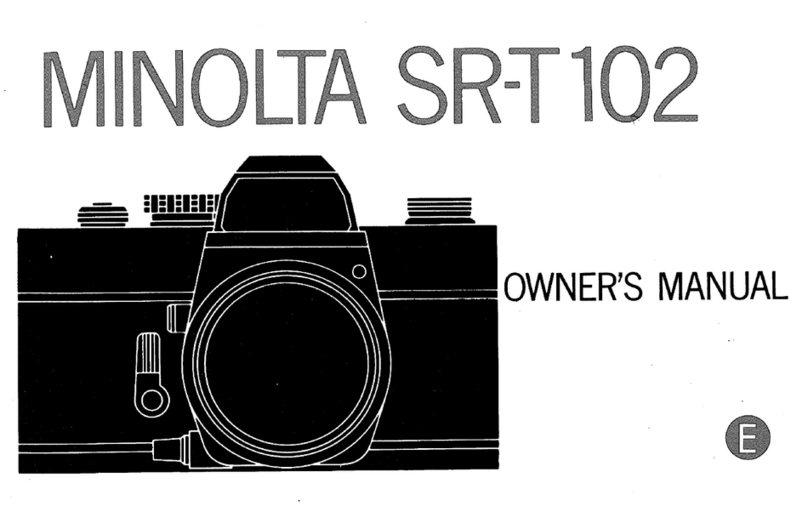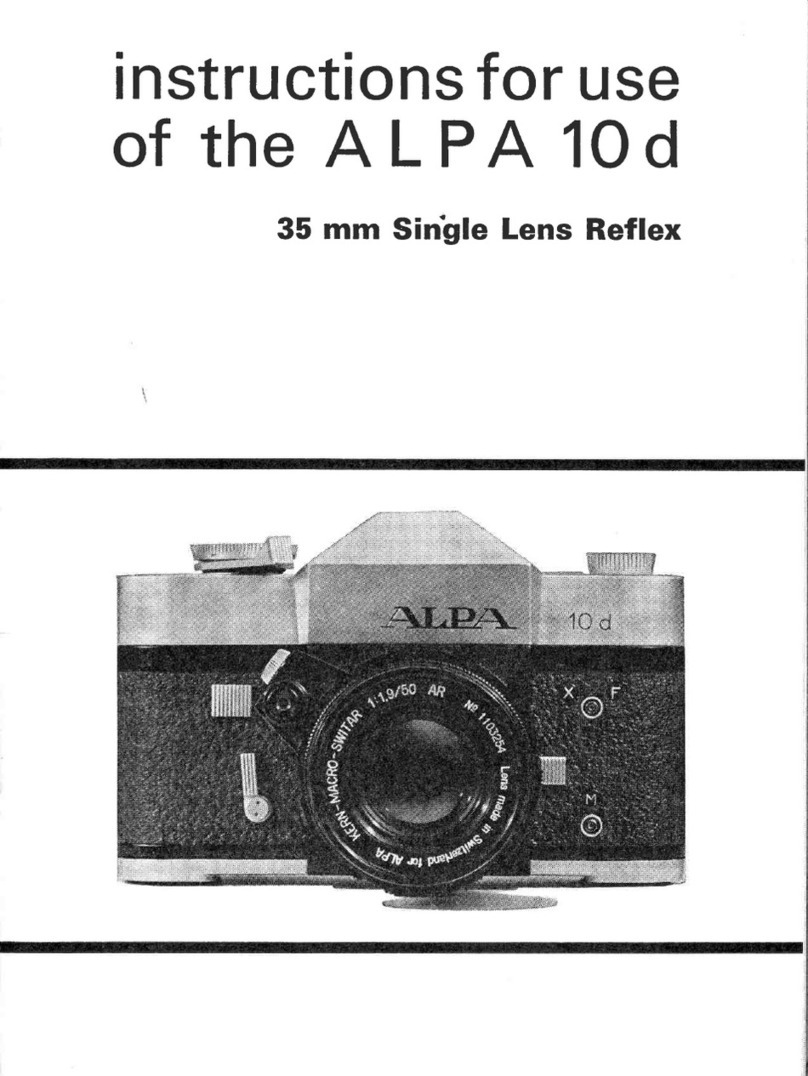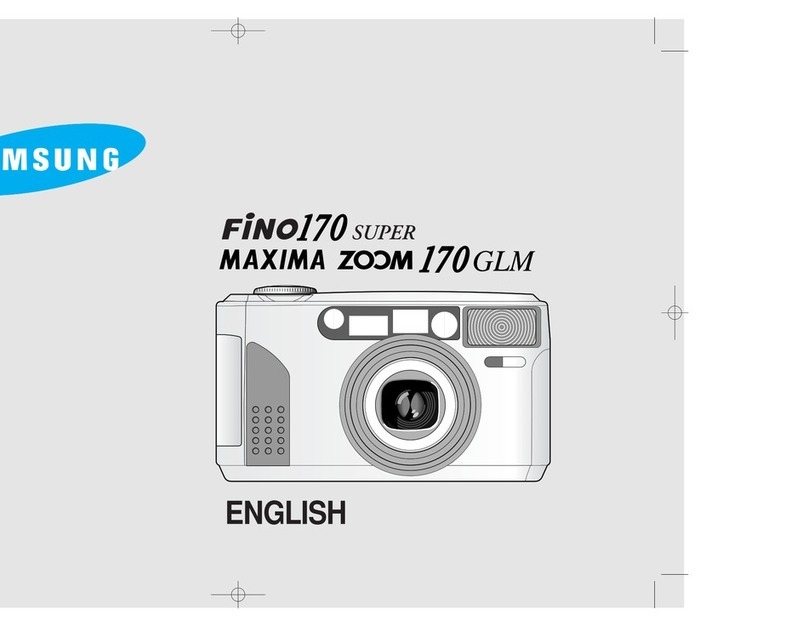Canon Auto Zoom 1218 User manual
Other Canon Film Camera manuals

Canon
Canon Prima BF-80 User manual
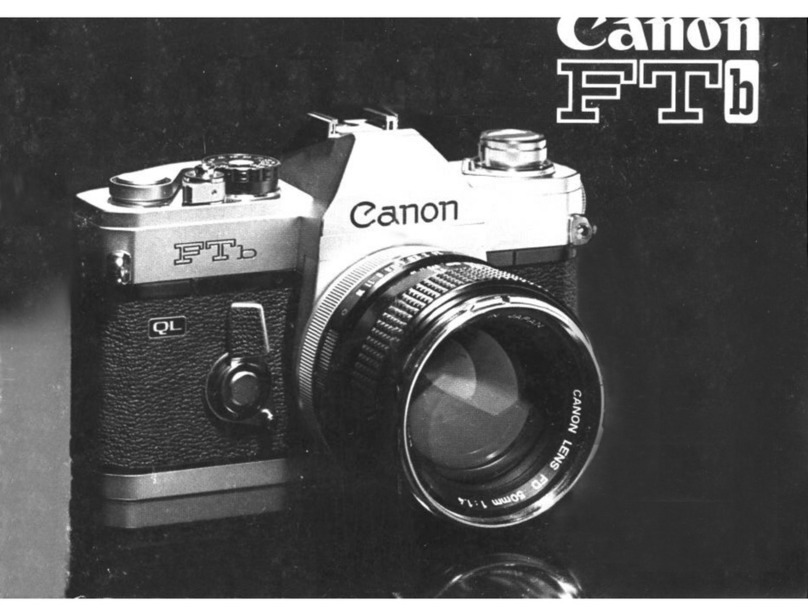
Canon
Canon FTb User manual

Canon
Canon VI-L User manual

Canon
Canon Sure Shot 60 Zoom User manual

Canon
Canon Sure Shot Z155 Instruction Manual
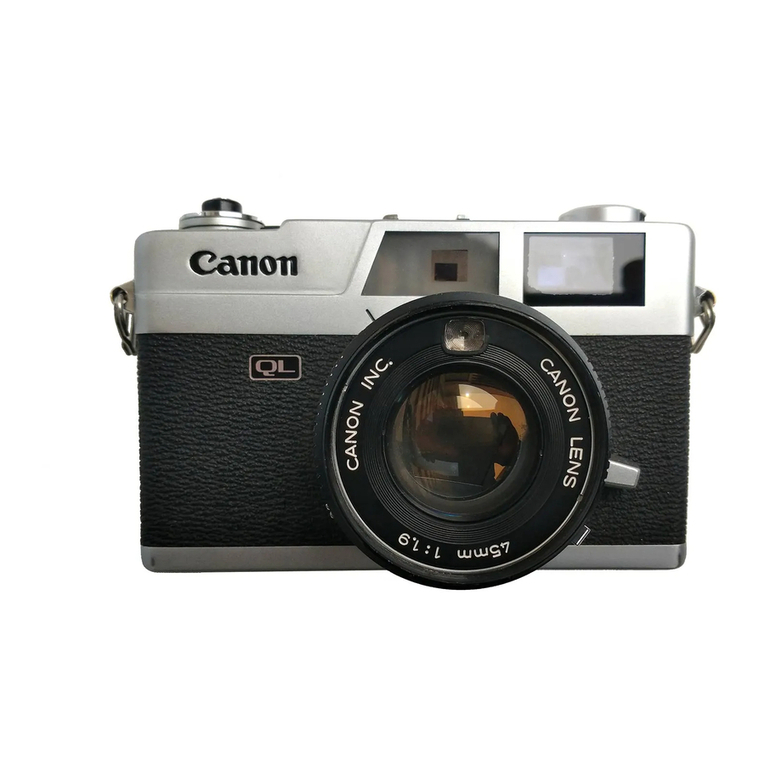
Canon
Canon Canonet G III QL17 User manual
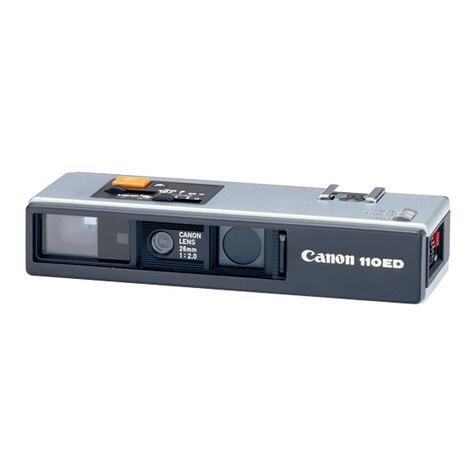
Canon
Canon 110 ED 20 User manual

Canon
Canon FT User manual

Canon
Canon Motor Zoom 8 EEE User manual

Canon
Canon AF 35 ML User manual

Canon
Canon EOS 500 N QD User manual

Canon
Canon Model V User manual

Canon
Canon A-1 User manual
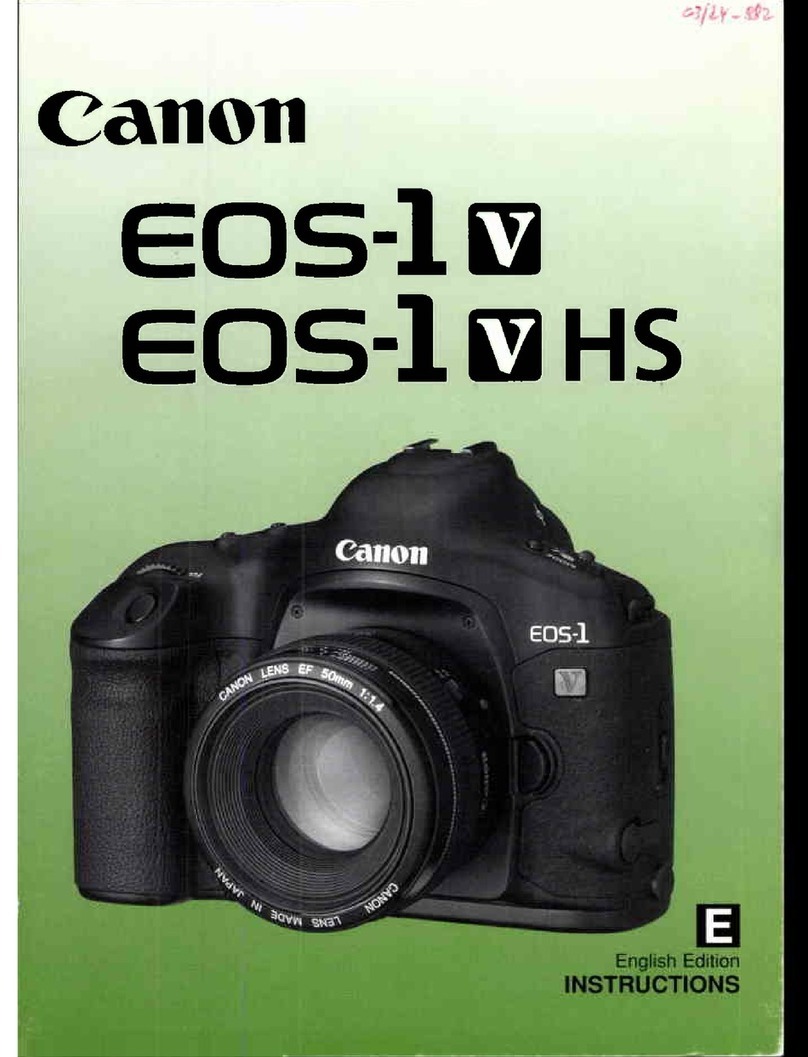
Canon
Canon EOS 1V User manual
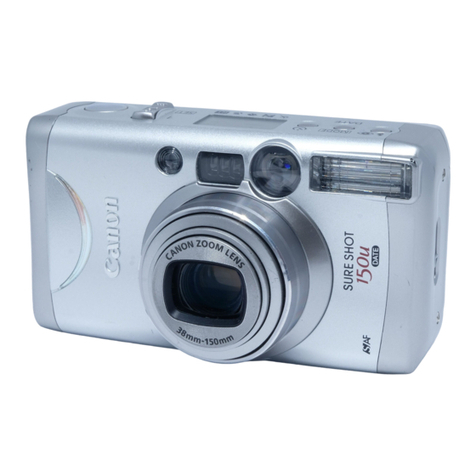
Canon
Canon SureShot 150U Date User manual
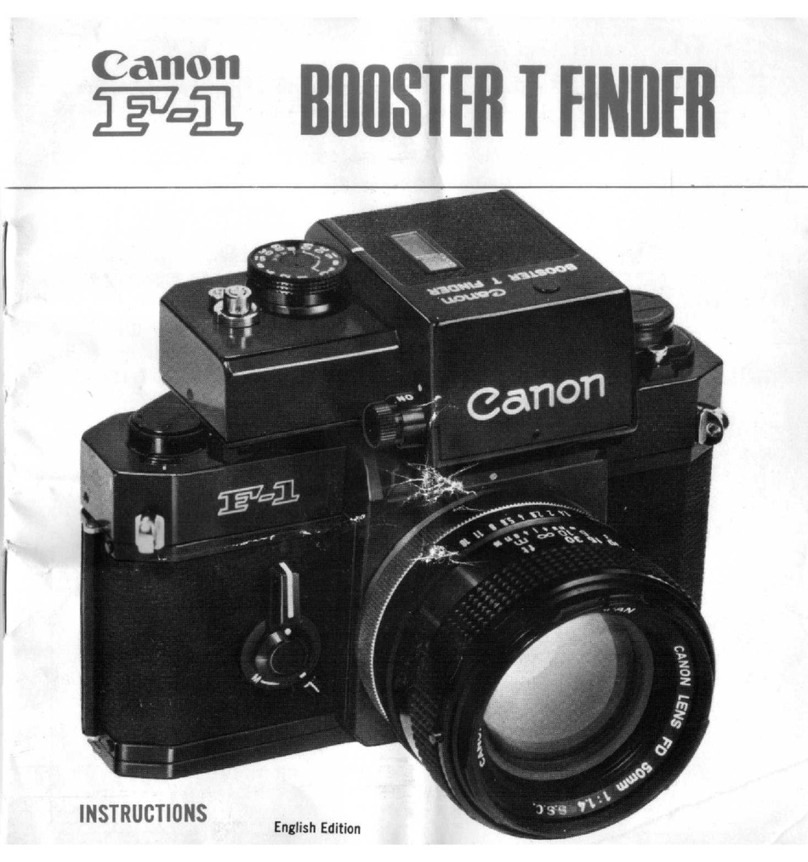
Canon
Canon F-1 User manual

Canon
Canon AV-1 User manual
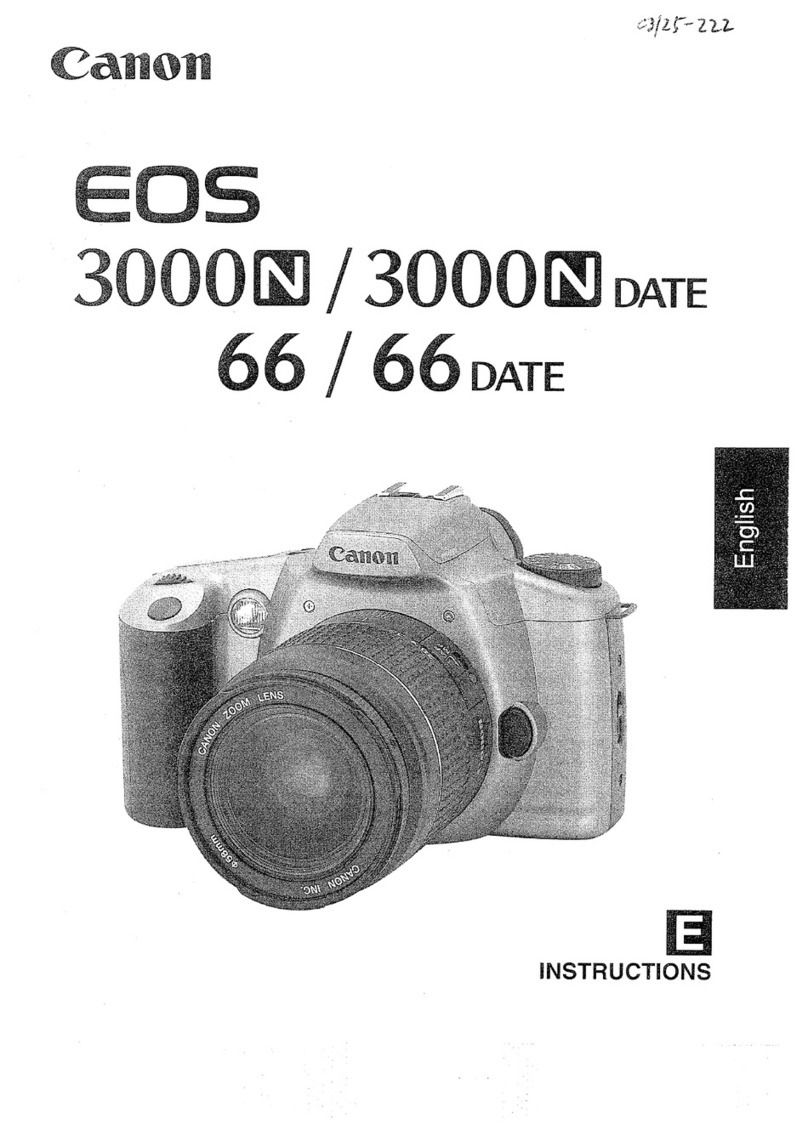
Canon
Canon EOS 66 User manual
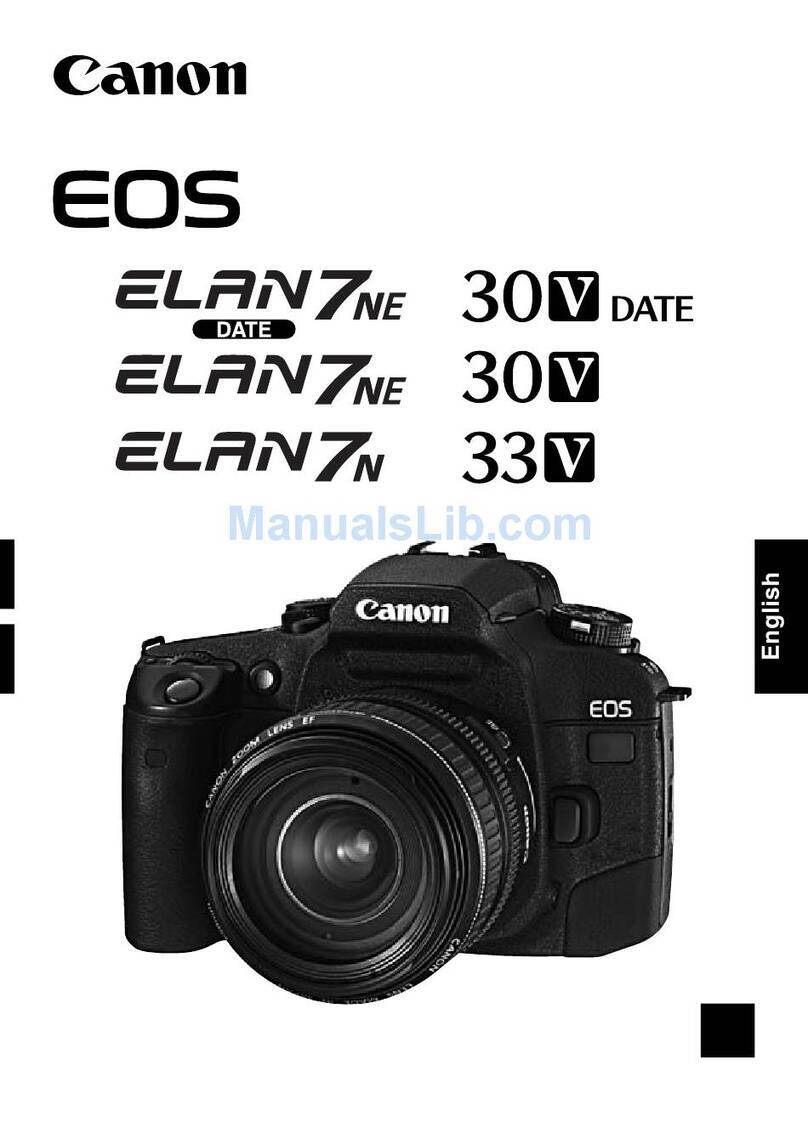
Canon
Canon EOS ELAN 7NE Date User manual
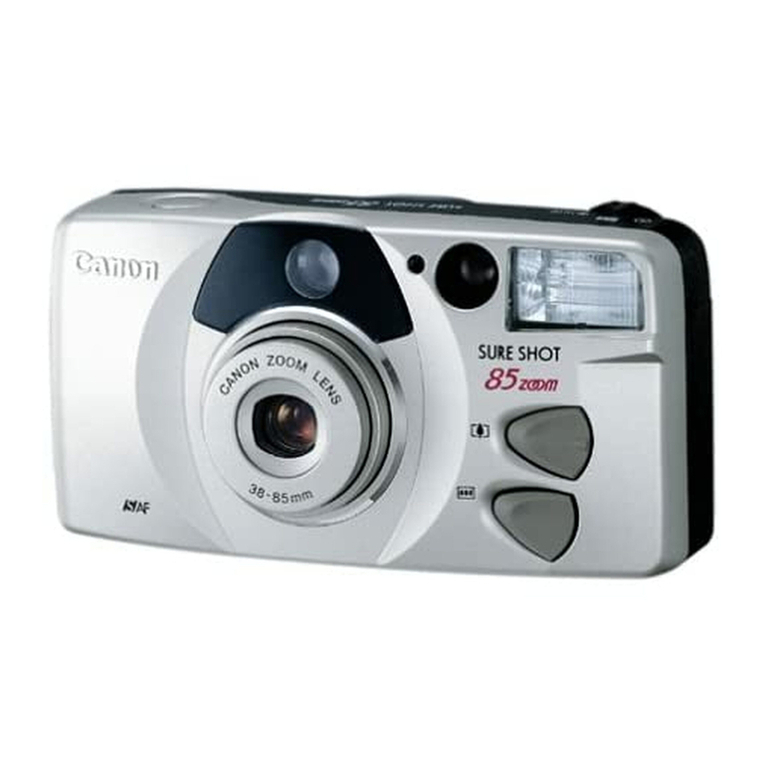
Canon
Canon Sure Shot Z85 User manual


